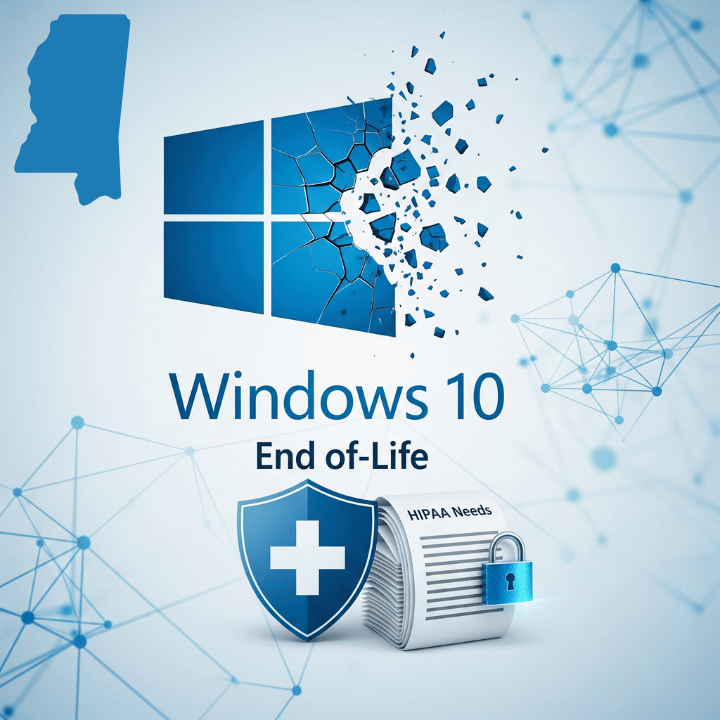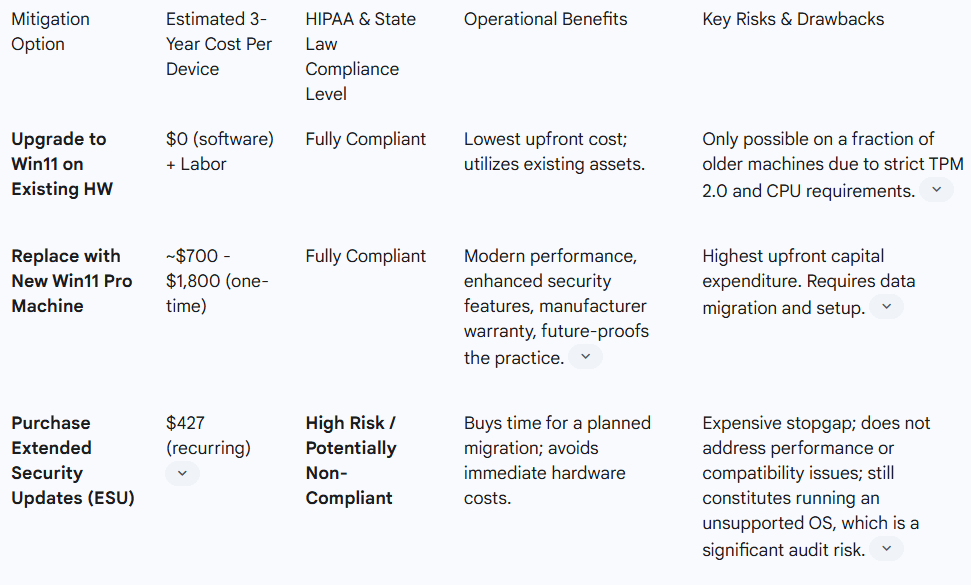Oasis Medical Solutions Article
August 6, 2025
The 2025 Compliance Mandate
An Oklahoma Practice's Guide to Windows 10 End-of-Life, HIPAA, and State Law

For independent healthcare practices across Oklahoma, from the Panhandle to the Red River Valley, the core mission is delivering exceptional care to your community. However, a major technological deadline is on the horizon that demands your immediate attention. On October 14, 2025, Microsoft will officially end support for Windows 10, the operating system running on countless computers in clinics throughout the Sooner State.
This is not just an IT issue for large hospital systems in Oklahoma City or Tulsa. For a small or rural practice, this event has profound consequences for your cybersecurity, operational stability, and your legal standing under both federal HIPAA regulations and Oklahoma state law. This guide is written specifically for you—the practice owners, office managers, and dedicated staff of Oklahoma—to provide a clear, actionable plan to protect your patients, your business, and your peace of mind.





